|
 |
 |
 |
 |
 |
 |
|
I'm sure you've heard the question before, "Why are there no stars in
the pictures the Apollo astronauts took while on the Moon?" Perhaps
you've also heard the answer given as "Because we never went there.
They're fakes." Typically the answer the Moan Hoaxers give is that since there is no air on the Moon, the sky appears black. Therefore we should be able to see the stars in the sky. Since we don't see any stars in the sky in the Apollo pictures, that means they are fake. If they're fake, then we must never have gone to the moon. It was all a hoax. The truth is, the lunar landscape is so bright that the camera exposure settings to take a good lunar landscape photo are not sensitive enough to image the much (much Much MUCH) fainter stars that are in the lunar sky. If the camera was set to record the stars, the moonscape would be washed out white and featureless. Since it is apparent that many folks don't understand how camera settings work, I have made this image gallery to show four different scenes taken at different exposure settings to show the vast difference in brightness between daylight scenery and night time sky. As they say, "a picture is worth a thousand words." But here's a description anyway. The camera is a Nikon D200 digital SLR with a Sigma 28-300mm zoom lens and polarizing filter. The camera is set to manual mode, and all settings remain constant save for shutter speed, which ranges from 1/400th second to as high as 30 seconds for some images. In all images, the camera is set to a film speed of ISO 400, an aperture of F/10, and a zoom of 28mm. Basically, the only parameter that changes is how long the film...errr...imaging sensor is exposed to light. Obviously, the longer it's exposed, the brighter the image. What this comparison shows is the dramatic difference in light levels between full sunlight and the dim nighttime sky and stars. The comparison to a light bulb is also revealing, showing just how dim a light bulb really is. Although the light may appear bright to our eyes at night, this is due to the wide dynamic sensitivity range of the human eye. The human eye is still a far superior imaging sensor than any camera ever made by man. It is capable of quickly adapting to wide extremes of light level. The first two columns are of a scene in an industrial area near where I live. Both the daytime and nighttime scenes are identical, except for the time of day. The daytime images were taken shortly after 2pm local time on 5-3-07. The nighttime images were taken shortly after 9pm local time on 5-5-07. The third column is of the evening sky on 5-5-07 with the camera roughly centered on Venus, taken just before 9pm local time on 5-5-07. The fourth column is of the compact fluorescent light bulb in my ceiling fan. The original images form the camera are 3872x2592 pixels. The thumbnails below are 256x171. Clicking on the images below will take you to a 1024x685 sized image. EXIF information from the original large sized image is still intact in both reduced sized images. |
| Daytime Scene | Nighttime Scene | Venus | Fluorescent Lamp | |
| 1/400th |  |
 |
 |
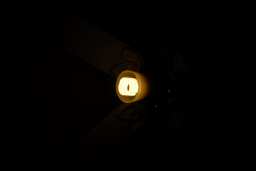 |
| 1/200th | 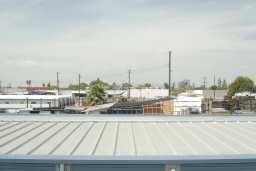 |
 |
 |
 |
| 1/100th | 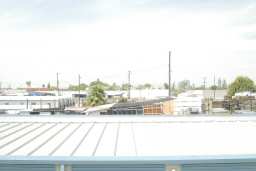 |
 |
 |
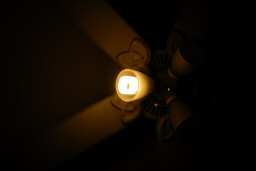 |
| 1/50th |  |
 |
 |
 |
| 1/25th |  |
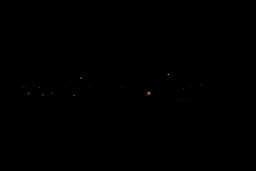 |
 |
 |
| 1/15th |  |
 |
 |
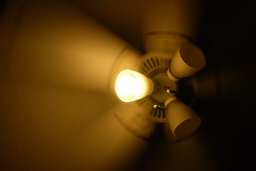 |
| 1/10th |  |
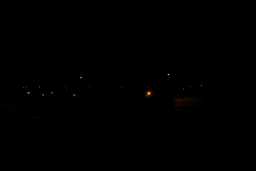 |
 |
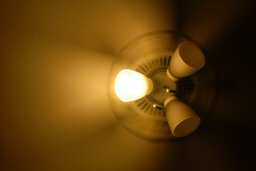 |
| 1/5th |  |
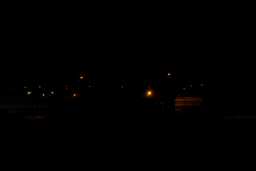 |
 |
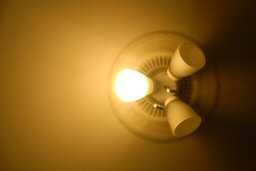 |
| 1 sec |  |
 |
 |
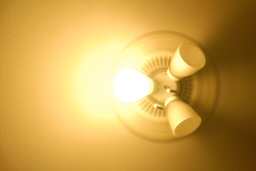 |
| 3 sec |  |
 |
||
| 5 sec | 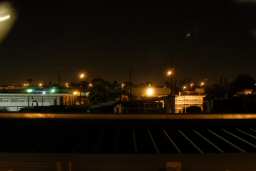 |
 |
||
| 10 sec | 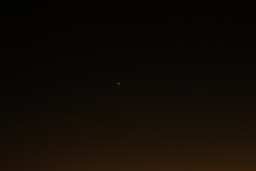 |
|||
| 20 sec | 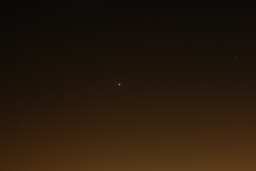 |
|||
| 30 sec | |
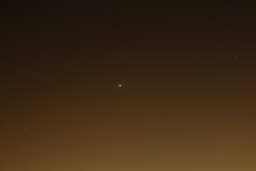 |
